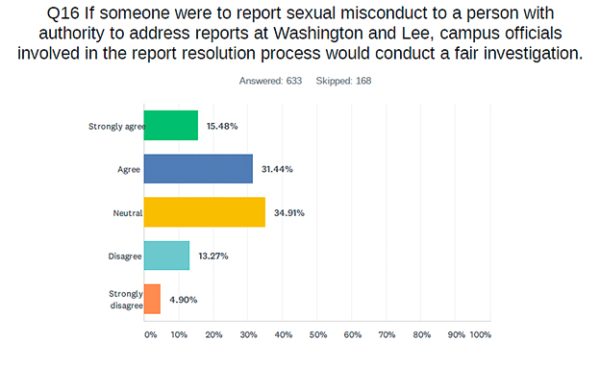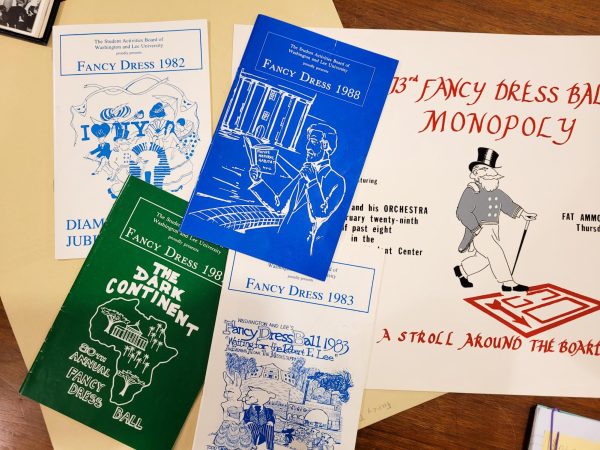“Ad Class” in home stretch toward creative collegiate competition
Late nights and teamwork mark the journey of this “mini advertising agency” to national contest in April
March 26, 2018
“BUS370: Integrated Marketing Communications” is more commonly known on campus as “Ad Class” — an intensive, four-credit course in which students work on a semester-long marketing campaign for a real world client, culminating with a presentation at the National Student Advertising Competition.
Despite being an academic course, those enrolled in Ad Class this term say the project feels less like schoolwork and more like a full-time job.
“It’s like a mini advertising agency,” said Elizabeth Roos, ’18, a member of Ad Class 2017 and an advisor to this year’s group. “It’s high pressure, high reward.”
Students in Ad Class are divided into cross-functional teams that work together to create a marketing campaign for a competition against similar groups of students from other southeastern universities in Raleigh, N.C., on April 21.
The teams consist of account planners, creatives, media strategists and data and new business analysts. The class also consists of one account executive and five senior student advisors who took the course last year and now help guide the teams.
Ad Class’s advisor, Professor of Business Administration Amanda Bower, said the course revolves around creativity and teamwork applied in the advertising context.
“They learn process and what you look for in an ideal campaign & brand,” Bower said. “It can get specific to the group: research techniques for the people doing strategy, or effective use of a particular social media site if you are in the media group.”
Bower said the class began at W&L in 2003, when students worked on an ad campaign for the Toyota Matrix.
This year, students in Ad Class are working on a campaign for Ocean Spray, a company that sells grapefruit and cranberry products.
“It’s been hard because people associate Ocean Spray with UTI’s and a bitter taste,” Roos said.
According to Ad Class CEO Katherine Worthington, ’18, the mission of the students in the course is to change that perception of Ocean Spray and build a campaign that improves millennials’ view of the brand.
Worthington explained that each group has a number of key duties.
Account planners are tasked with conducting consumer research. They work to gain an understanding of the needs of consumers in the target market and how Ocean Spray’s products and brand fits into their lives. The account planning team develops a strategy for messaging based on the intersection between the brand and consumers.
The creative team turns that strategy into a unique and effective advertising campaign for the company. They develop a personality and voice for the brand which comes to life through creative executions.
The media team then decides the “when” and “where” to place the advertisements.
The data analytics team works on the return on investment (ROI) metric of the campaign and finds ways to measure the campaign’s success.
Roos is an advisor who was a member of the new business team last year. The new business team communicates the campaign’s strategy in a plans book—a 21-page, well-designed publication that summarizes the campaign.
She said she remembers pulling two all-nighters to finish the book so that it could be submitted for the competition. She said every group had to finish their work before the new business team could put together the final plans book, so everyone was counting on each other.
“It was due Friday afternoon at five,” Roos said. “We turned it in at 4:59.”
Jenna Choi, ‘19, a current member of the account planning team, researches the target market —in this case, millennials. She said she’s charged with finding the best ways to drive more young people to Ocean Spray’s website.
“It’s hard to manage different peoples’ opinions,” Choi said. “I learned how not to be stubborn with my opinions and listen to what other people have to offer.”
Roos said her classmates, who represent 19 different majors, are in constant communication, asking each other for help and challenging one another to produce the best product possible.
In spite of the high stress, though, Choi said the class has a positive environment and her team members are focused on using their experience to gain a foothold in the advertising industry.
Choi said Ad Class affirmed her desire to go into advertising as a career.
“It was exactly what I wanted to do in my future,” Choi said. “I got a glimpse of it in a controlled setting. I just would like it without the pressures of having full-time school.”
Bower said the team often does well at the district level, especially considering that W&L’s Ad Class is only one semester long. At many universities, students work on their projects for an entire school year.
Since 2003, the W&L team has consistently received second or third place in the District 3 competition.
“While Ad Class teaches students technical knowledge of advertising, beyond that, the class gives students a chance to interact on teams in a setting representative of a real-world work environment,” Worthington said. “Students in the class learn how to give and receive criticism, cooperate with people of many different personalities and effectively communicate their group’s needs to other cross-functional teams on whom they depend.”












